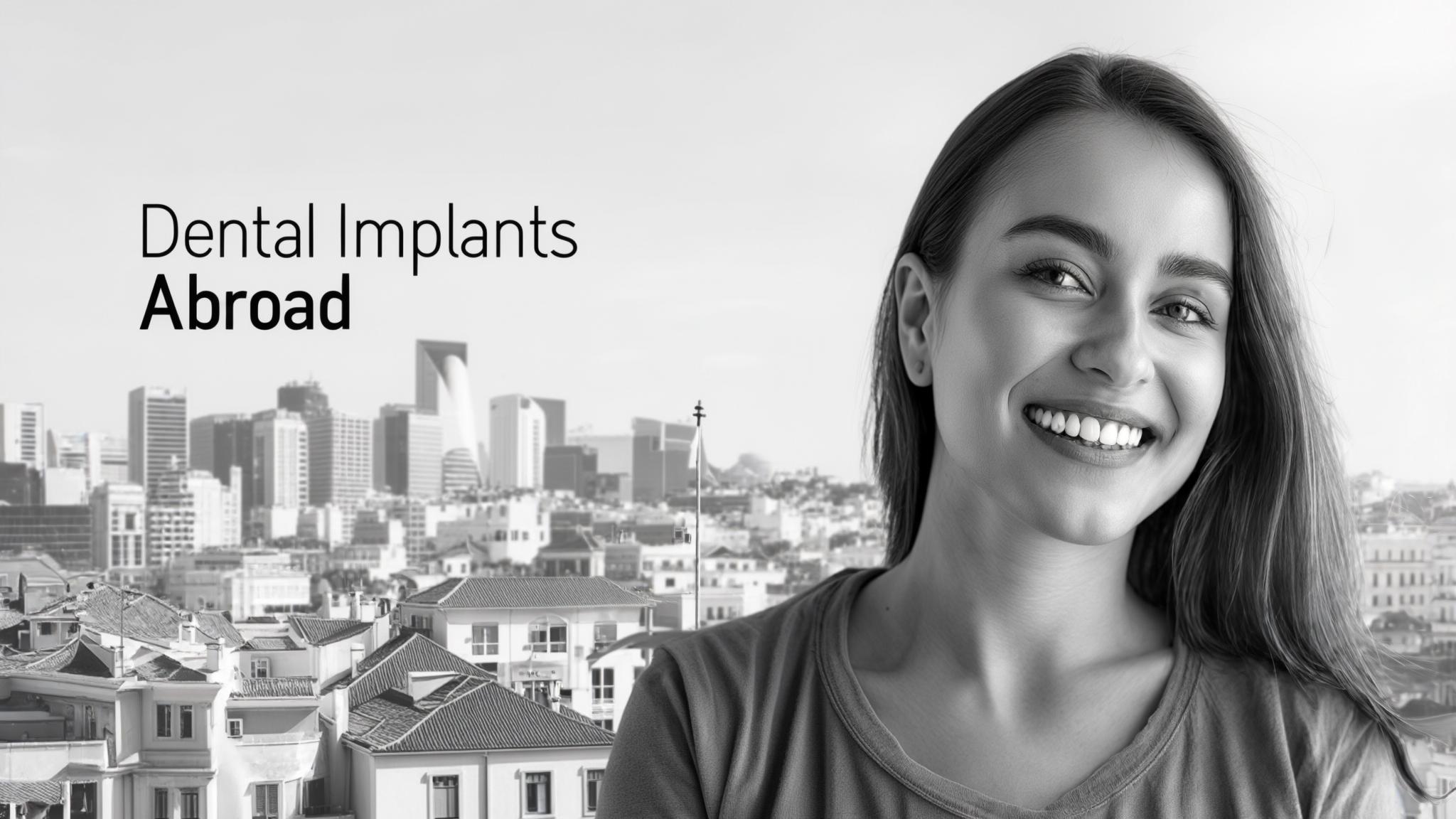Understanding Dental Implants
Dental implants are a popular solution for replacing missing teeth, offering a natural look and feel. What exactly are dental implants? They consist of three main components: the post, abutment, and crown. The post is a titanium screw that acts as a root, securely anchored into the jawbone. The abutment connects the post to the crown, which is the visible part that looks like a natural tooth.
The procedure involves several steps. First, the implant post is surgically placed into the jawbone. After a healing period, during which the bone fuses with the post, the abutment and crown are attached. This process results in a sturdy, long-lasting tooth replacement.
Benefits of dental implants are numerous. They offer improved aesthetics, as they look and function like real teeth. They also enhance oral functionality, allowing you to eat and speak comfortably. Additionally, implants support long-term oral health by preventing bone loss and maintaining the structure of your jaw.
The Rise of Dental Tourism
Dental tourism refers to traveling abroad for dental care, and it's becoming increasingly popular. Why are people opting for dental tourism?
One major factor is cost savings. Dental procedures can be expensive, and many find that they can save significantly by seeking treatment in countries with lower costs. Additionally, some destinations offer access to advanced technology and specialized professionals that may not be available locally.
Moreover, dental tourism allows patients to combine treatment with travel, exploring new cultures and enjoying a vacation while addressing their dental needs.
Pros of Dental Tourism for Implants
Cost-effectiveness is a primary advantage of dental tourism. A dental implant procedure that might cost thousands of dollars in one country could be much cheaper elsewhere. This potential for savings makes it an attractive option.
Despite concerns, many foreign clinics offer high-quality care. Skilled professionals with international training and accreditation often practice in these locations. It's not uncommon to find state-of-the-art facilities that rival those at home.
Furthermore, dental tourism presents an opportunity to travel. Patients can explore new destinations, combining their dental treatment with leisure activities, making the experience more enjoyable.
Cons of Dental Tourism for Implants
However, there are quality and safety concerns to consider. Standards of care can vary widely between countries, and there may be risks associated with inadequate follow-up care.
Language barriers can also pose challenges, potentially leading to misunderstandings about treatment plans or aftercare instructions.
Legal and insurance complications are another concern. In the event of malpractice, recourse can be limited, and insurance coverage may not extend to procedures performed abroad.
Lastly, there may be hidden costs. Travel expenses can add up, and unexpected complications might require additional treatments, negating initial savings.
Safety Tips for Dental Tourism
To ensure a safe and successful experience, it's crucial to research and choose reputable clinics. Verify the qualifications and credentials of dental professionals, and look for patient reviews and testimonials.
Understand the procedure and aftercare thoroughly. Discuss treatment plans in detail with your dentist and know what to expect during recovery.
Consider travel logistics carefully. Plan for potential complications or follow-up visits, and ensure you have access to emergency medical care if needed.
Prepare documentation before your trip. Keep copies of medical records and treatment plans, and confirm that your travel insurance covers dental procedures abroad.
Conclusion
In summary, dental tourism for implants offers both pros and cons. The cost savings and opportunity for travel can be enticing, but quality, safety, and logistical concerns must be carefully weighed.
Ultimately, making an informed decision requires considering personal circumstances and preferences. By doing thorough research and planning, you can navigate the world of dental tourism confidently and safely.

